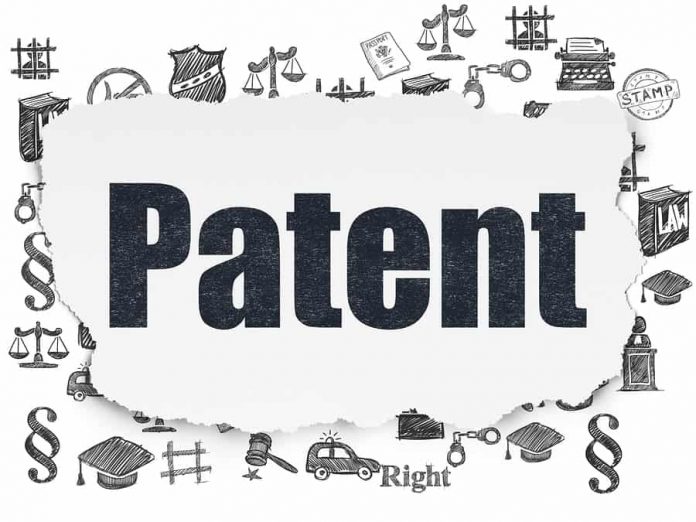This article is written by Rashmita Das, working as the legal editor with QuickCompany.in and has completed LL.M. in Business and Corporate Law from Symbiosis Law School, Pune.
It has been published by Rachit Garg.
Table of Contents
Introduction
The number of domestic patent filings surpassed the number of international patent filings in India during January- March 2022. Piyush goyal appreciated the efforts by the DPIIT for strengthening the patent system in India including the increase of patent filing by 50% in the last 7 years and five times increase in the patent granting during the same period.
The journey of the Indian patent system has its record since the pre-independence period in India – it started when the first patent law was passed in India the Indian Patents and Designs Act 1911. Replacing this Act, the Patents Act, of 1970 was passed in 1972. The Act was amended complying with the guidelines issued by the Paris Convention and the Patent Cooperation Treaty on 07th December 1998 and Budapest Treaty 2005 to introduce several developments including product patents in the pharmaceuticals and chemical industries.
What are the objectives of Patent Law in India
A patent is basically the right granted to an inventor or company in regard to a new invention, for its manufacture, sale, marketing and development. Indian Patent system allows registration when it complies with the following attributes:
Novelty of the Patent Subject
The primary goal of the patent law is to promote scientific studies, economic development and innovative technology. The most important consideration for the patent subject is to determine whether the invention relates to patentable subject matter which should be novel and unique in nature.
Anything is patentable if it is not mentioned under sections 3 and 4 of the Patents Act 1970. The main patentability criteria are as follows:
(a) Total Novelty: An absolute new invention which has no public disclosure yet in any country, or on any platform, is eligible for total novelty.
(b) Value-Adding Invention: The invention should have an absolutely new value-adding attribute toward humanity and technology.
Inventive steps to ensure clarity
Section 2(j)of the Act defines the inventive step that the concerned invention should be unique and new even to the person skilled in the same field. To ensure the uniqueness of the invention, the patent search plays a pivotal role – is a procedure of determining if any similar or identical patent application has been filed, or already patented.
The patent search in India is free of cost, and the result is obtained by entering either the title, description, applicant name, inventor name or application ID of the patent application and get the list of relevant patents along with their status, application ID, application year and invention field.
Filing for Patent application
The process of patent registration in India is filed using Form 1 attaching the required document, and information and authorizing the documents with the applicant’s signature. Next in Form 2, explain the nature and status of your invention, whether it is totally developed or partially.
Through Form 2, the applicant obtains a provisional or complete patent based on its status, but if the provisional application is obtained, a time period of 12 months is granted to complete the invention and provide a final specification. If it is not completed on time, the patent application may get cancelled.
If the patent application is filed in any other country as well, the declaration should be made by using Form 3.
What are the amendments introduced tao the Patents Act, 1970
| Year | Amendment |
| 1972 | Introduction of Patents Act 1970 |
| 1999 | First Amendment introduced chapter IVA, granting exclusive marketing rights to the patent holder. In compliance with the TRIPS commitments, India has developed the policy of Exclusive Marketing Rights (EMR) under chapter IVA of the Act and maintains a mailbox system for five years or till the result of the application is published – accepted or rejected, whichever is earlier.Moreover, the provision of “pipeline protection” was introduced, which shall grant the applicant EMR on applying on and after 1st January 1995 in any of the countries that have been the signatory of the Paris Convention. If the applicant is eligible, the Patents Law in India shall grant EMR for five years or till the application is rejected or accepted, whichever is earlier. |
| 2021 | The Patents (Amendment) Rules, 2021 brought multiple changes in the process and manner of regulating the patent registration journey and rights involved in regard to the patent owner.The individuals working in an educational institution – students, teachers or professors, who discovered any patentable product during the course of their employment, shall enjoy a benefit of an 80% reduction on the patent fee. However, to enjoy such a benefit, the patent has to be applied in the name of the institution. The number of categories of the patent is increased – Small and Medium Enterprises, Government Departments, Female applicants, Institutions established by a Central, Provisional or State Act, Government companies, Government aided company and applicants under the Patents Prosecution Highway Another concept of Patent Prosecution Highway is initiated to accelerate the process of patent prosecution by sharing information between some patent offices. The concept of compulsory licensing grants permission of using, manufacturing, importing and selling any patent invention. Such permission is granted by the Government authorities, not the patent owners. This license can be obtained only under extreme conditions such as a national emergency, or other circumstances of extreme urgency and anti-competitive practices. |
What are the benefits of new development in Patent Law
Till April 2022, the Indian Patent Office received a total of 19,796 patent registration applications filed in 2022 alone, out of which 10,706 were filed by domestic applicants. The Union Ministry of Commerce and Industry, Consumer Affairs, Public Distribution and Textiles recognises this growth as the result of the efforts by the Intellectual Property Office and DPIIT for spreading awareness regarding the benefits of IP registration.
Not only towards citizens but the change is also brought towards the working procedure of the patent officials as well. The pendency of the patent application has also been reduced during the same period. Previously, the time for patent examination was around 72 months, which has been reduced to 5-23 months.
In the financial year 2021-22, the IP office granted 30,074 patents, which was previously 5978 in the financial year 2014-15.
India’s ranking in the Global Innovation Index has also improved to 46th rank in 2021 compared to 66th rank in 2020.
Students of Lawsikho courses regularly produce writing assignments and work on practical exercises as a part of their coursework and develop themselves in real-life practical skills.
LawSikho has created a telegram group for exchanging legal knowledge, referrals, and various opportunities. You can click on this link and join:
Follow us on Instagram and subscribe to our YouTube channel for more amazing legal content.
 Serato DJ Crack 2025Serato DJ PRO Crack
Serato DJ Crack 2025Serato DJ PRO Crack












 Allow notifications
Allow notifications



